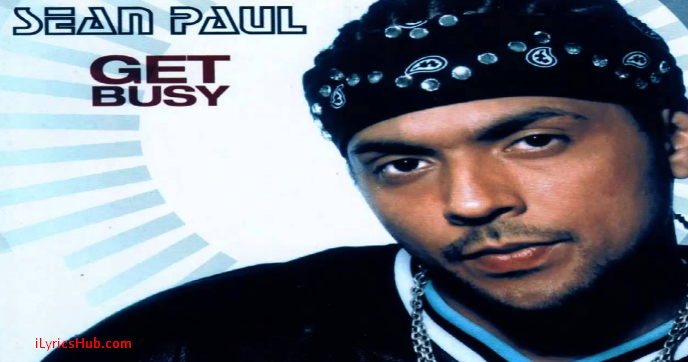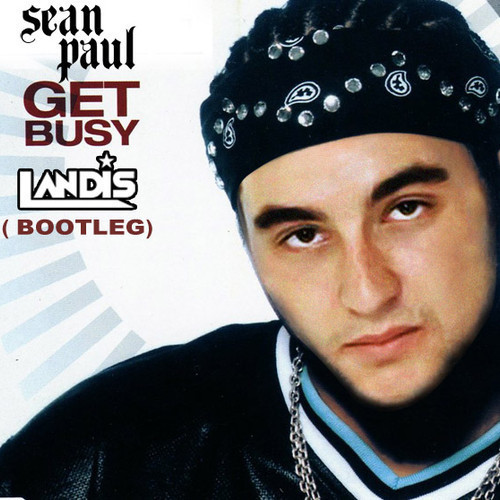
A note came with it which was both personal and kind.

Colin sent me a print of his iconic image of Russian sunbathers taken the first time he started to make images, when he was in Moscow. I lost touch with Colin soon after, until his book Grafters was published in 2002. The next time I saw Colin I mentioned both events, he said nothing, and gave me a smile with a twinkle in his eye. Pete returned home after the lunch, and Colin disappeared for a few days of further adventures. I gave Pete Colin’s number and they met up for lunch at The Groucho Club in Soho, London. Pete returned home as Colin and Tom disappeared for a few weeks adventuring. Pete knew Colin, and told me a story of how when he was a writer for the music newspaper Sounds, they both went to the United States to interview, and photograph singer/songwriter Tom Waits. I mentioned Colin to a journalist friend of mine, Pete Silverton. The portrait that illustrates this article was taken on the day we discussed the book as we walked along the River Thames along by Barnes Bridge, which he lived near. I spoke with a few publishers whom I knew, but no one was interested, and in a pre-digital world making a dummy meant a financial outlay that Colin did not have. Colin wanted a book of his work, and we talked about me creating a dummy for this. The brilliant picture editor Suzanne Hodgart had suggested Colin’s Who pictures for the book, and suggested that we would get on together. I came across Colin through art directing a book on photography in London in the 1960s (one of a series I did on photography in London, Paris, and New York in that decade). His life as a ballet dancer, who he married, and how he became a photographer you can find elsewhere, this is a personal remembrance. Softly spoken, delicate in form, and small in structure (if he had not been he would never have fitted into his attic darkroom/archive) and yet strong of conviction, brave, intelligent, and a bon viveur of some reputation.

They are still hung in different rooms in my house.Ĭolin was a conundrum of a character. Not that this discolouration would make me hide them away. I bought some prints from him that day, but he had not fixed them well and they are now ginger toned. We clambered up into the dark and dusty space so that Colin could show me how his archive was stored, and where he was making his own black and white prints. There was no book of his work, and no exhibitions, in fact his precious prints and negatives where stored in the small attic of his small house in Barnes, South West London.


It was a time when his work had been forgotten outside of his iconic images of The Who. I first met Colin in I think 2000, but I can’t remember exactly when, which seems appropriate with Colin.


 0 kommentar(er)
0 kommentar(er)
